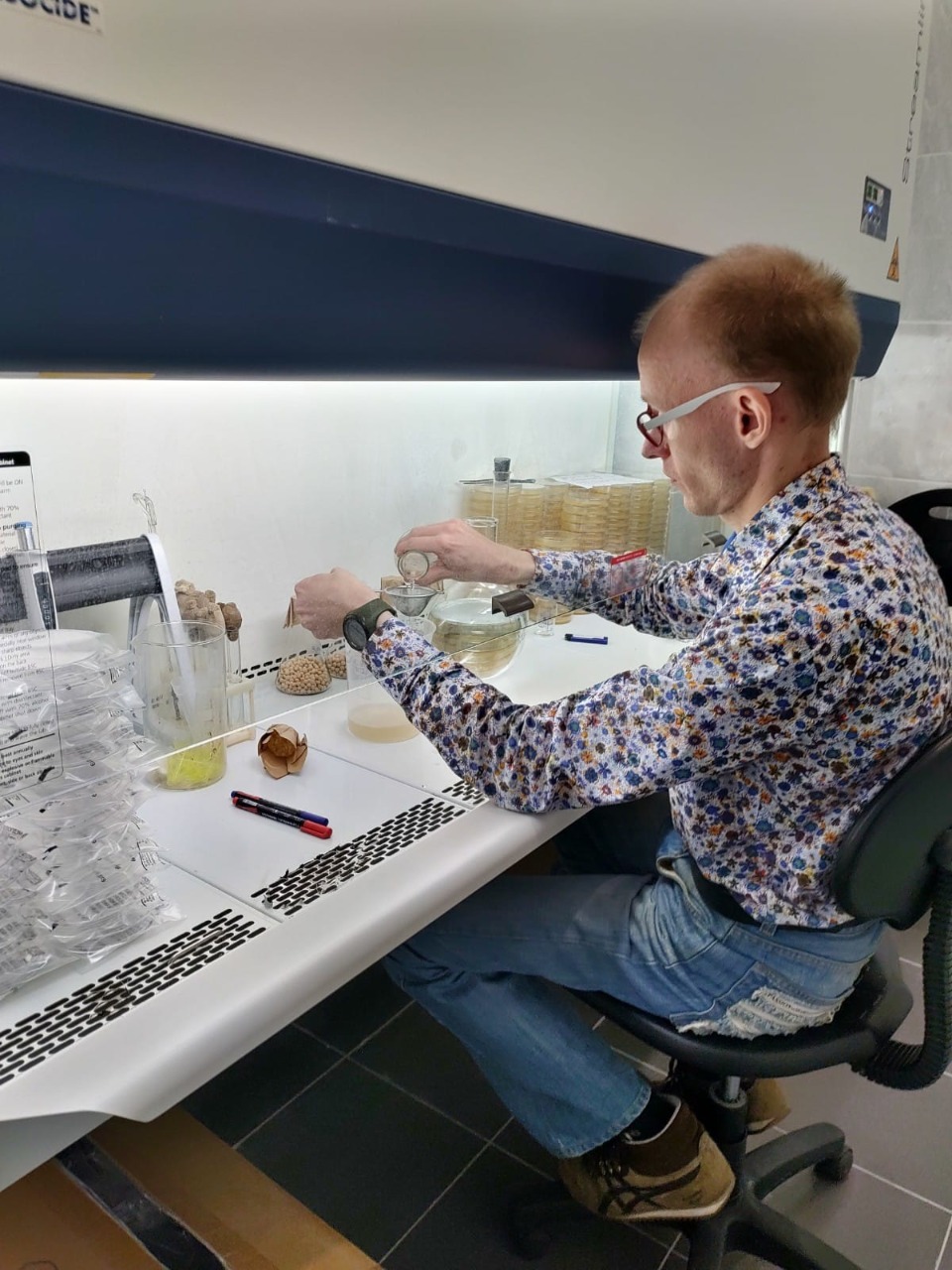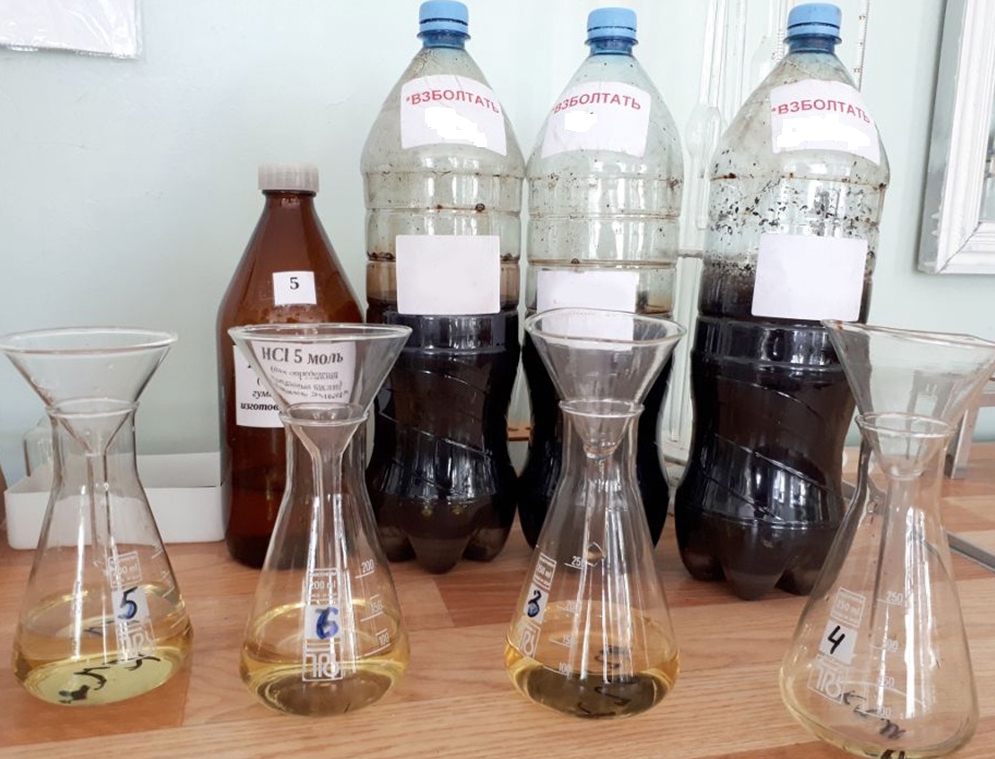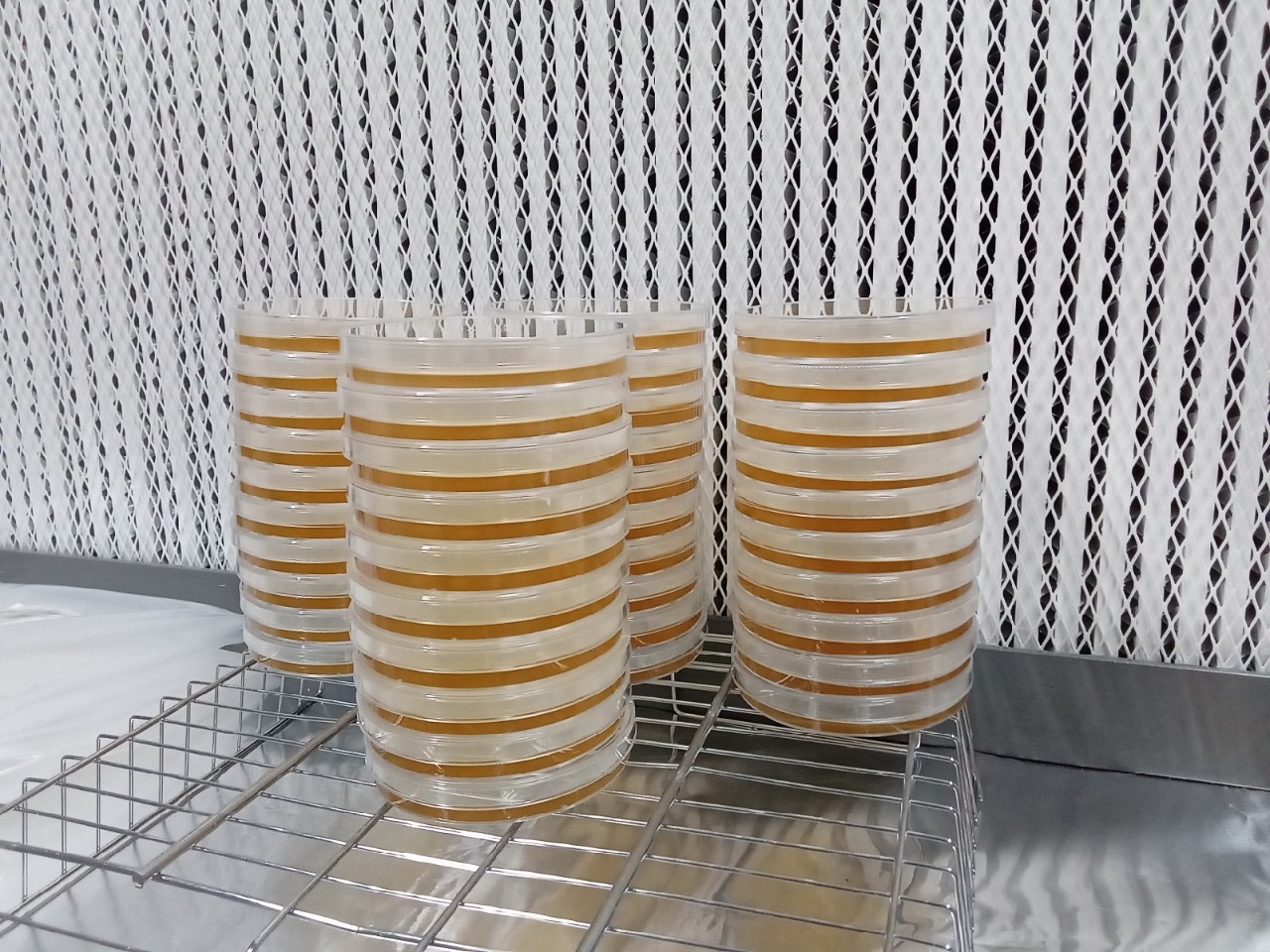Researchers of the St. Petersburg Federal Research Center of the Russian Academy of Sciences (SPC RAS) have developed a method for obtaining humic acids out of organic lake sediments (sapropel), that serve a source for creating preparations able to increase crop yields. The acids obtained from sapropel appeared better in basic characteristics than the currently existing analogues, secreted out of wood, coal or peat. The results of the work are published in a scientific issue Agriculture Digitalization and Organic Production.
Sapropel (In Greek stands for "clay silt") is a bottom sediment formed from the remains of various living organisms (plants and plankton). These substances have a number of properties positively affecting productivity of agricultural crops. The advantage of sapropel is that it contains a number of important organic compounds of various chemical nature to improve plant metabolism and nutrition of microorganisms in the soil, like humic acids and fulvic acids. These two fractions contain vitamins, trace elements and other biologically active substances of a hormone-like type.
However, untreated bottom sediments can form a specific film that prevents oxygen penetrating into the ground, thus, leading to plant degradation, and the area swamping. Therefore, for the effective use of sapropels, it is necessary to thoroughly clean them from various kinds of impurities.
“We have developed a technique that allowed for purifying sapropels and isolating two fractions of organic compounds – humic and fulvic acids. Today, these substances are widely used as a basis for dietary supplements that increase the yield of plant symbiocultures,” says Jan Puhalsky, Junior Researcher at SPC RAS.

Samples for the above study were collected during expeditions that have been undertaken over the past two years in the Pskov region lakes under the leadership of Alexey Mityukov, Leading Researcher of the Laboratory of Complex Problems of Limnology at SPC RAS.
To serete useful substances out of sapropel samples collected in expeditions, the researchers have developed a special technology. First, the samples were cleaned of impurities using an ultrasonic machine earlier developed by the SPC RAS scientists. Then the excessive components were separated via sequential series of acid-base extraction (scientists used a mixture of pyrophosphate, sulfuric acid and nitric acid in a certain ratio). As a result, fractions of humic and fulvic acids were received, and the researchers performed complete elemental and biochemical analyses over them.
The results of this work demonstrated that the carbon content - this indicator is one of the main utility parameters when creating additives to increase productivity – in humic acids received from sapropel is about 28%. Whereas similar technologies, with whose help humic acids are now actively synthesized out of wood, coal and peat, demonstrate a carbon concentration at 18 to 20%.

“So, we offer a technology for obtaining more efficient raw materials for indoor and outdoor crop production. The power of sapropel deposits in reservoirs just in the North-West of Russia is enormous, though abandoned or poorly developed. Its extraction along with a commercial interest, serves as an environmental (ecological) event that allows for cleaning and deepeing the lake bath,”– said Svyatoslav Loskutov, Researcher at the Laboratory of Hydrochemistry of SPC RAS.
The research results were presented at the VII International Conference on Humic Innovative Technologies "Humic Substances and Survival Technologies" (HIT–2022).
Reference on the sapropel volume in the lakes of the North-West of the Russian Federation: According to scientists of SPC RAS, only in the lakes of the Novgorod region, according to preliminary data, it exceeds 3 million cubic meters, in the Leningrad region - almost 2 million cubic meters, in the Pskov region - over 8 million cubic meters.
